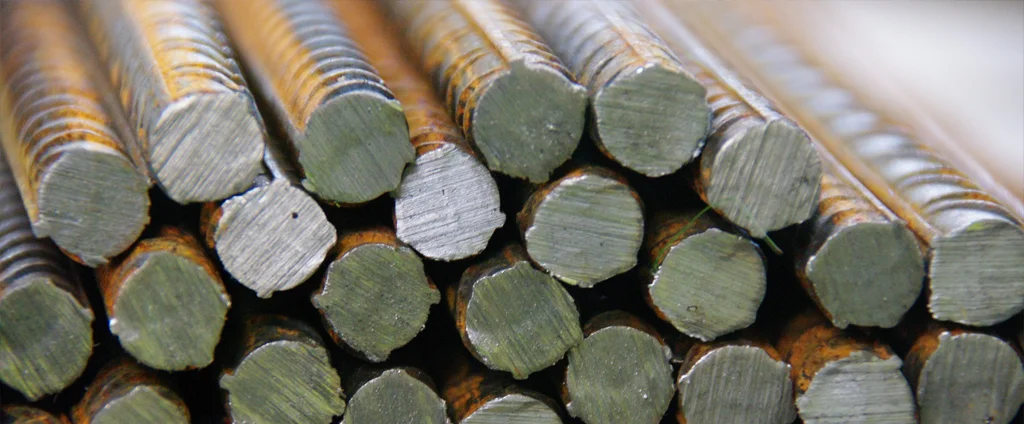Ductile Iron SAE J434c Grade D4512 (UNS F33100)

SAE J434c Grade D4512 is a pearlitic ductile iron alloy known for its balance of strength, durability, and machinability. Commonly used in moderately stressed automotive and mechanical components, it is well-suited for applications like disc-brake calipers and engine parts.
| Chemical Composition | ||
|---|---|---|
| Element | Min | Max |
| Iron | 90.73% | 94.17% |
| Carbon | 3.6% | 3.8% |
| Cerium | 0.005% | 0.2% |
| Chromium | 0.03% | 0.07% |
| Copper | 0.15% | 1.0% |
| Magnesium | 0.03% | 0.06% |
| Manganese | 0.15% | 1.0% |
| Molybdenum | 0.01% | 0.1% |
| Nickel | 0.05% | 0.2% |
| Phosphorus | —— | 0.03% |
| Silicon | 1.8% | 2.8% |
| Sulfur | —— | 0.002% |
The following table provides a list of SAE J434c Grade D4512 properties in both SI and US customary/Imperial units.
Click on the button to switch between Metric and Imperial units.
| Physical Properties | Metric |
|---|---|
| Density | 7100 - 7200 kg/m3 |
| Mechanical Properties | Metric |
| Tensile Strength (Ultimate) | ≥ 448 MPa |
| Tensile Strength (Yield) | ≥ 310 MPa |
| Brinell Hardness | 156 - 217 |
| Knoop Hardness Converted from Brinell | 208 |
| Vickers Hardness Converted from Brinell | 195 |
The values in this table are approximate and can vary depending on various factors such as the specific manufacturing process and heat treatment applied to the alloy.
Advantages & Disadvantages of Iron J434c Grade D4512
| Advantages | Disadvantages |
|---|---|
| High strength and durability | Not suitable for high-temperature applications |
| Good wear resistance | Brittle behavior at low temperatures |
| Good castability | Limited ductility and toughness compared to some other materials |
| Good machinability | Loose compositional specification can lead to variations in material properties |
| Relatively low cost |
Applications of Iron J434c Grade D4512
SAE J434c Grade D4512 is widely used in automotive and industrial components that require strength, wear resistance, and moderate machinability, including:
- Engine blocks: Engine blocks are one of the most common applications. The material is strong enough to withstand the high pressures and temperatures generated by the engine, and it is also machinable, which allows for precise machining of the engine’s internal components.
- Crankshafts: Crankshafts are another common application. The material is strong enough to withstand the high loads and stresses applied to the crankshaft, and it is also machinable, which allows for precise machining of the crankshaft’s journals and bearing surfaces.
- Gearboxes: Gearboxes are also a common application. The material is strong enough to withstand the high loads and stresses applied to the gears, and it is also machinable, which allows for precise machining of the gears’ teeth and bearing surfaces.
- Pumps: Pumps are also a common application. The material is strong enough to withstand the high pressures and temperatures generated by the pump, and it is also machinable, which allows for precise machining of the pump’s impellers and housings.
- Valves: Valves are also a common application. The material is strong enough to withstand the high pressures and temperatures generated by the engine, and it is also machinable, which allows for precise machining of the valves’ seats and stems.
- Disc-brake calipers: Disc-brake calipers are a good application because the material is strong enough to withstand the high loads and stresses applied to the caliper, and it is also machinable, which allows for precise machining of the caliper’s pistons and caliper body.
- Casting tools: This alloy can also be used for casting tools. The material is strong enough to withstand the high temperatures and pressures generated during the casting process, and it is also machinable, which allows for precise machining of the casting tools.
